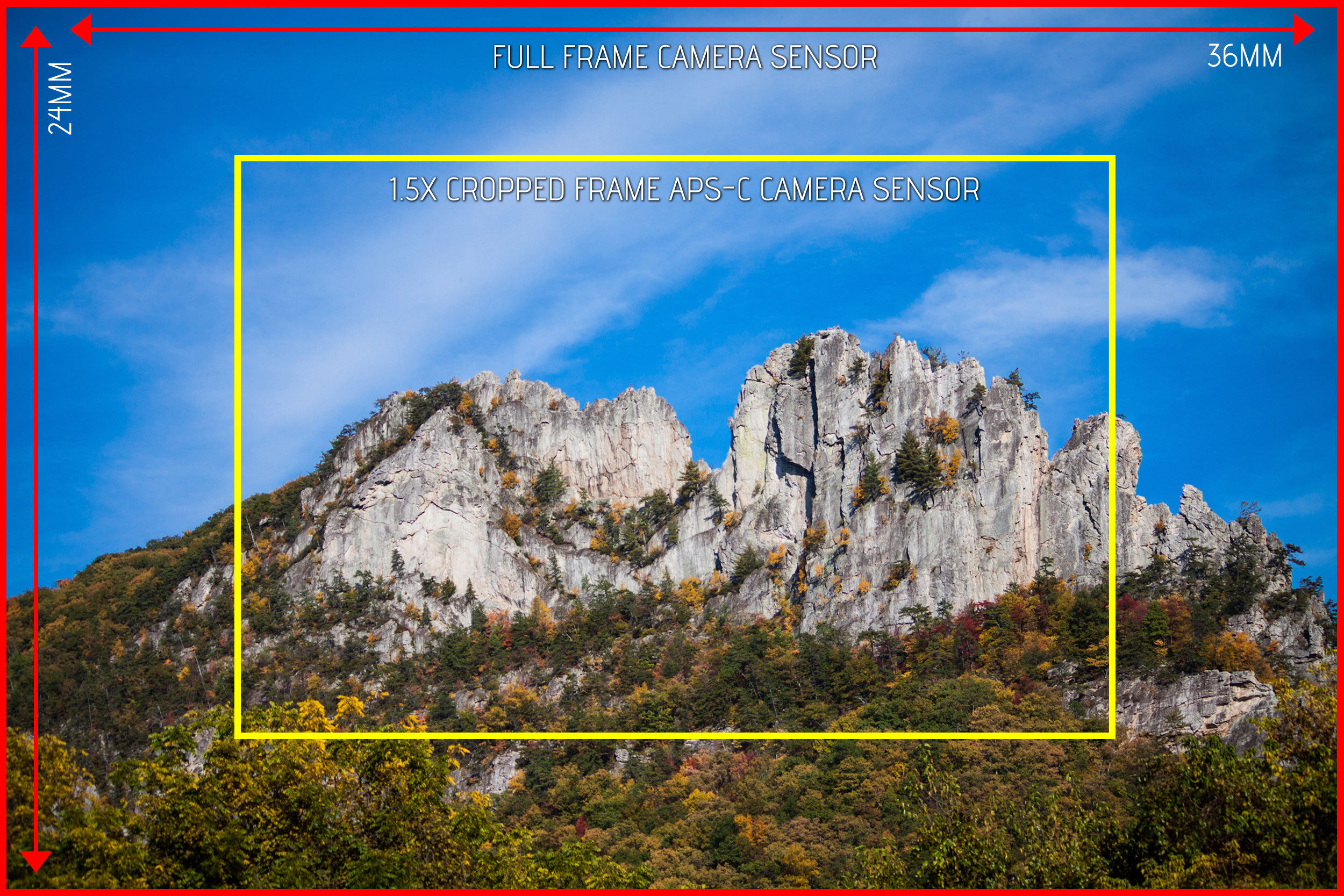
#FULL FRAME VS APSC FULL#
Tal vez te responderás que el sensor full frame es mejor. And with a 1/2.5 point-and-shoot sensor, you’ll get a close-up of an eye. Diferencia entre Full Frame y Aps-c Si te estás preguntando si es mejor una cámara full-frame respecto a una Aps-c, tienes que saber que la respuesta no es tan evidente como parece. With an APSC sensor, you’ll get a three-quarters portrait. And feel free to submit questions of your own. Typical COF values are 30 microns for FF and 19 microns for APS-C, while the pixel size for even an 8 MP APS-C DSLR is around 6.5 microns and that for a 12 MP full frame sensor is around 8 microns. The full frame photograph might be a full-body portrait.
#FULL FRAME VS APSC UPGRADE#
You can find answers to other interesting questions by visiting Berman’s website. Which camera sensor to choose: Micro 4/3, APS-C or Full frame sensor If you want to get started with photography or upgrade to a new camera, be sure to check. You’ll see why Bergman typically avoids crop mode on full-frame cameras, but he admits there are a few advantages of doing so and explains what they are.

In other words, “it’s actually the exact same thing as if you shoot full-frame and crop the image later on the computer.”īergman also discusses the ramifications of using crop sensor lenses on full-frame bodies, and addresses the original question about crop mode being the same as a longer lens. Noting that his Canon R3 is a 24MP camera, he explains that by switching to APS-C crop mode you’re only capturing 9.3MP.

He also explains how applying different aspect ratio options work when shooting in Raw.Īnother question some photographers have has to do with the impact of crop mode on resolution. He also notes that full-frame cameras not only offer an APS-C crop mode, but they typically include several aspect-ratio options, like 1:1, 4:3, and 6:9.īergman describes exactly how a crop mode works with different types of lenses, and he provides a succinct demonstration of what aspect ratio settings do. A full-frame camera uses a sensor thats the same size as a single frame of traditional 35mm film, measuring 36 x 24mm. In this episode from Adorama TV Bergman not only responds to the question with a detailed answer, but he explains why he generally avoids using the crop mode on his full-frame cameras. Today’s question is a common one that you may have asked yourself: ”On cameras that you can switch between full-frame and APS-C crop modes, is it the same as using a longer lens.” Coincidentally, 22MP full frame and 8MP APS-C are almost the exact same pixel density, so there is no advantage one way or the other between this, if you are always cropping.

I currently have two a6000, and the three Sigma f1.4 APS-C lenses (16mm, 30mm, 56mm).
#FULL FRAME VS APSC PRO#
NY pro David Bergman regularly responds to queries from fans, and his responses often result in very helpful tutorials. You have to divide by the crop factor squared, since megapixels is area and crop factor is linear. TL DR version of below is: should I stick to my top of the line APS-C lenses, and look at pairing with the rumoured A7000, or move to full-frame, but much older bodies and mid-tier lenses.


 0 kommentar(er)
0 kommentar(er)
